When I first started making photographs on my iPhone, I found it incredibly liberating. I didn’t take my images very seriously and that gave me the freedom to play and try new things. In fact, for a number of years, I deliberately used the camera phone as a way to exercise my creative vision, posting three images of a single scene, theme, or idea on Instagram on an (almost) daily basis. Looking back, I know that my photography improved significantly as a result of this exercise.
When Instagram changed the way images were displayed (and my three images no longer posted sequentially), I made the conscientious choice to only post only a single image a day. This, it turned out, wasn’t as subtle of a shift as just changing the number of images posted. I became more competitive when I switched to sharing only my best image of the three. And you know what it killed? My sense of play. My willingness to experiment. My enjoyment of posting smaller moments that were significant to me – trading them instead, for images that I thought other people would like.
By the end of last year, I came to the realization that I was thinking more about the number of likes I was hoping to get when posting an image, than the actual content and the meaning of the image. It turns out that my change in mindset altered not only the photographs I was making, but also the photographs I chose to share (and which I held back). I decided to do a quick experiment. I posted three images that I had recently taken in Singapore – they were very different from my typical landscapes. They were made with a tilt shift lens. They included people. The viewer would have to look at them more closely to see the details. And, (as I’m sure you guessed), they didn’t get many likes. I even wondered if should I take them down —even though the images worked for me on several levels.This didn’t seem like the place I wanted to be.
I decided it was time to revisit my motivation for making photographs. I decided I make images for the following five reasons:
• To record everyday experiences that I would otherwise forget.
• To slow down, be present, and get lost in the moment.
• To explore new technologies and discover new ways of seeing.
• To share with others the small part of the world as I experience it, though my eyes.
• To connect with others on a cognitive and an emotional level.
I’m sure that you have your own reasons that you could add to that list – especially those of you who earn your livelihood from photography. And I understand that your use of Instagram (and the larger umbrella that includes social media in general) may be completely different than mine – which is fine! If your intent is to reinforce your business or personal brand, then certainly you may need to cultivate a carefully curated feed. But in my case, I believe that using Instagram to share my experiments and photographic journey will be more valuable for me (and hopefully anyone that is interested in joining me) at this time.
So, in 2018, I’m giving myself permission to play, experiment, take risks and post images that matter to me – even if I don’t understand them, and even if no one else likes them. Certainly, I hope that my photographs resonate with other people but, more importantly, I want to try new things and have the freedom to experiment so that I continue to grow as a photographer and as a person that shares their most authentic self.
So, here we go. The photographs below were made as a part of a self-directed challenge along a short stretch of road between Farmington and Manteca (in Northern California), which I find stunningly beautiful. To me, the area represents the cyclical nature of life (and death) that are so evident in agriculture. I enjoyed the process of confining myself to a small area in order to look for images that I otherwise would have missed.
If I can record an everyday experience, see something in a new light, and share my small part of the world with someone (even if the image is an enormous pile of manure (correction – the giant piles are COW FEED (generally chopped corn), NOT manure. It is piled, packed and sealed air tight to ferment for a short time to improve the stability and nutrient availability. It is then fed out over the ensuing several months, having been preserved by the fermentation process.), covered with white plastic, held down by recycled tires), then I call my challenge a success. And now it’s even more of a success because I learned something new by sharing the images! : )
Photographs are light and time and memories. —Keith Carter
All of the images were made with a canon 5Ds with a Tilt Shift E-45 f2.8.
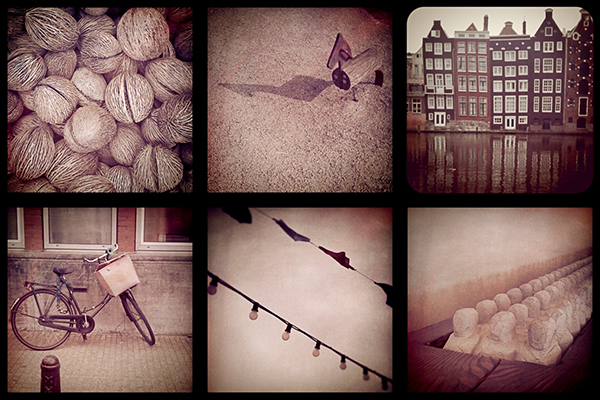
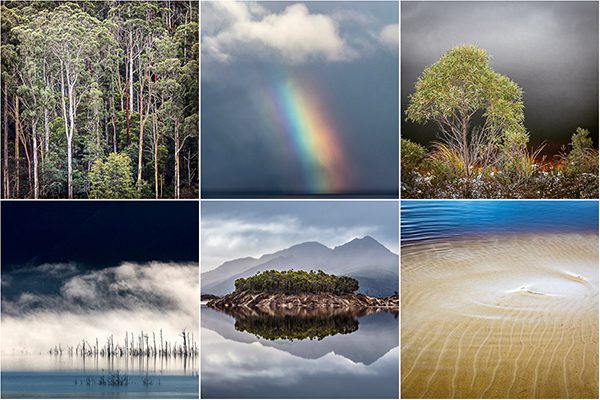
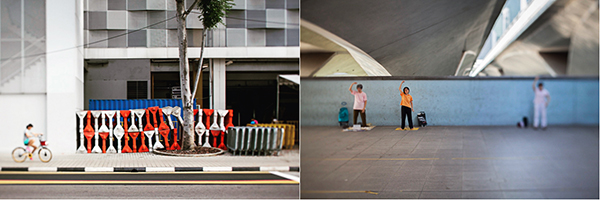
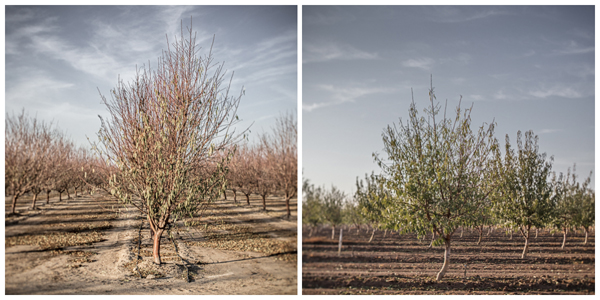
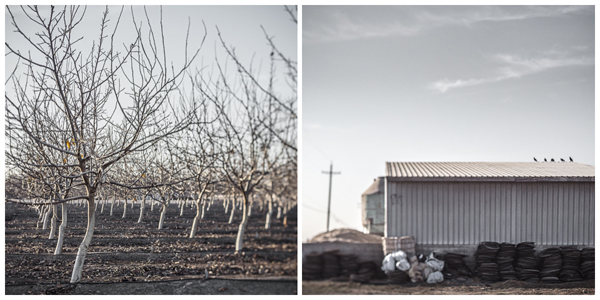


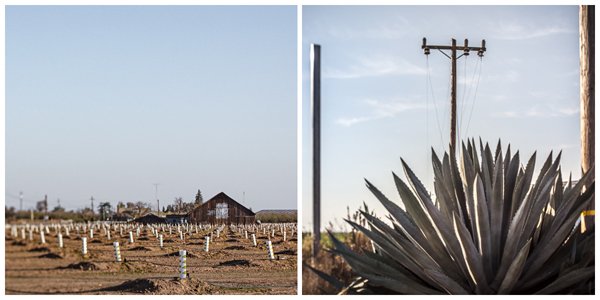
Julieanne thank you so much for this blog. I had been looking at your recent photographs and wondering why they were so different from others you had published and after reading you blog I now see why. You are so right, we keep chasing “likes”. David DuChemin produced an excellent you tube video in which he examined this.
I agree with both of you – lets produce the photographs we want rather than those we think others may like.
Bill
You’re consistently thoughtful, Julieanne! Keep it up 🙂
Thanks for so eloquently expressing your motivation for taking photographs. This is an exercise we all should do from time to time.
Glad to see you found your way! There’s this aspect of it too…
http://www.wolfnowl.com/2013/01/learning-to-see-again/
Mike.
Julieanne~~
I could go on and on here, regarding this post. Especially the third paragraph.
But instead, I will just say a very, very sincere thank you to you.
THANK YOU!!!
Thank you for reminding me of why I love photography on an emotional level. All true and all good. You are an inspiration!
Nice one Julieanne, It’s nice to see your view there in Northern California, looks chilled. Thanks for talking through your methodology. I have you in my feed because you’ve been really helpful with the old PS in the past, so thanks for that too. Cheers from a chilly England x
Sorry about this, I feel like one of those “grammar police” twits, but I do feel that the occasional educational comment for the non-agriculturally inclined is a good thing. Those giant piles are cow feed (generally chopped corn), not manure. It is piled, packed and sealed air tight to ferment for a short time to improve the stability and nutrient availability. It is then fed out over the ensuing several months, having been preserved by the fermentation process. On the other hand, when manure is composted, it is piled in the open in much smaller piles that can be “stirred” to aid the aerobic bacteria, as opposed the anaerobic bacteria in the silage pile or bunker.
Oh yeah, great article too-the eternal question-do you shoot for yourself, or for the “other people”?
Thank you so much!!!!! I had no idea an I really appreciate the education – quite the opposite of manure!!!!
2018 – honest pictires :).
Such a great article..written much better than I could write, but my philosophy as well! (see you in April at the Firefly Institute!)
I can’t wait for Firefly!!! See you there. : )
Merci beaucoup pour votre post. Pour moi la photographie est un engagement personnel et
Je suis actuellement sur un projet ou le but et de partager j’espère que sa va réussir Car il y aura des prise de vue de drone projet dont des accords pour le droits de filmer et la c’est plus
Difficile . Merci beaucoup pour votre aide dans vos tutoriel et vos conseils précieux ☺️
Daniel Thomassin
Very true!
A lovely article about the essence of photography and the motivation behind us the photographers. I can’t agree more on what you shared.
Why not experiment more with colors and contrast. Sometimes it’s not that bad to push yourself in directions that you might not want to go. There’ll be a few unwanted results, but IMHO in the end you would be amazed of what you might like that you have never even considered. 😉